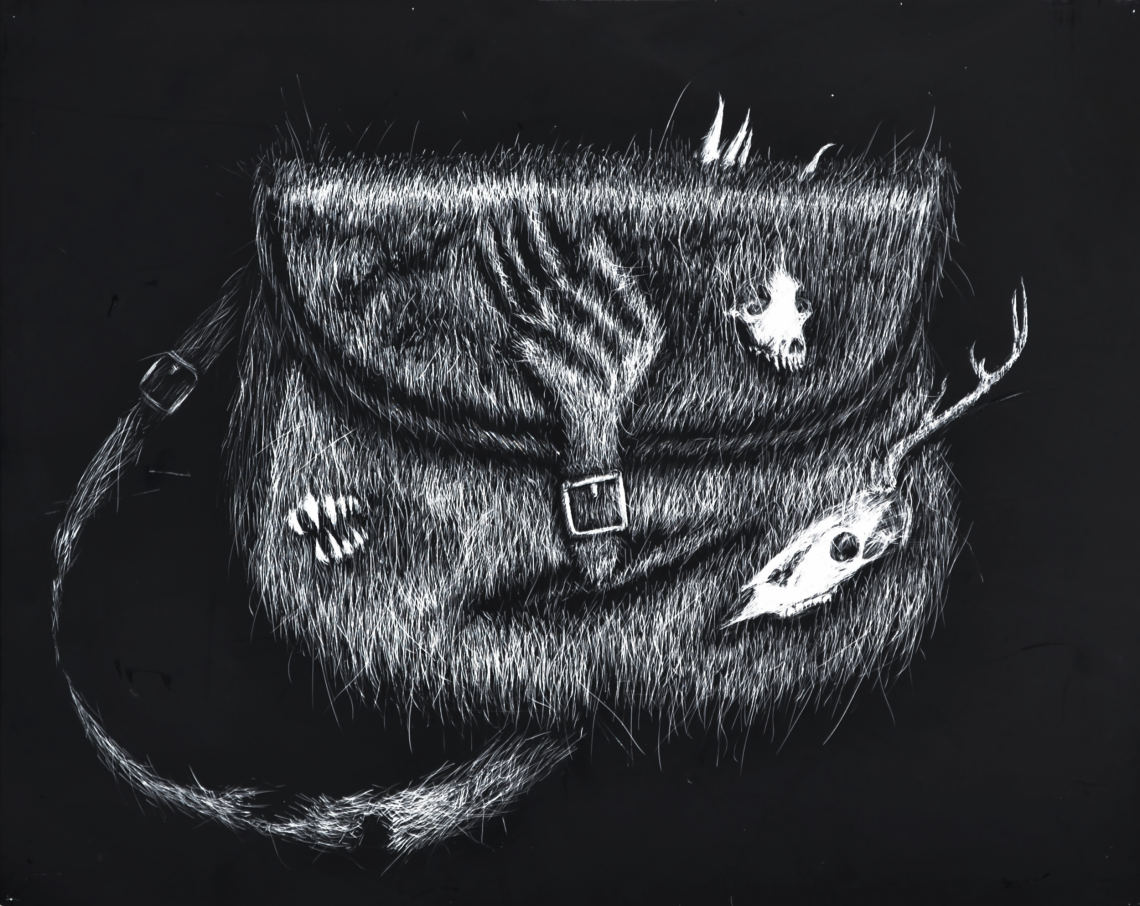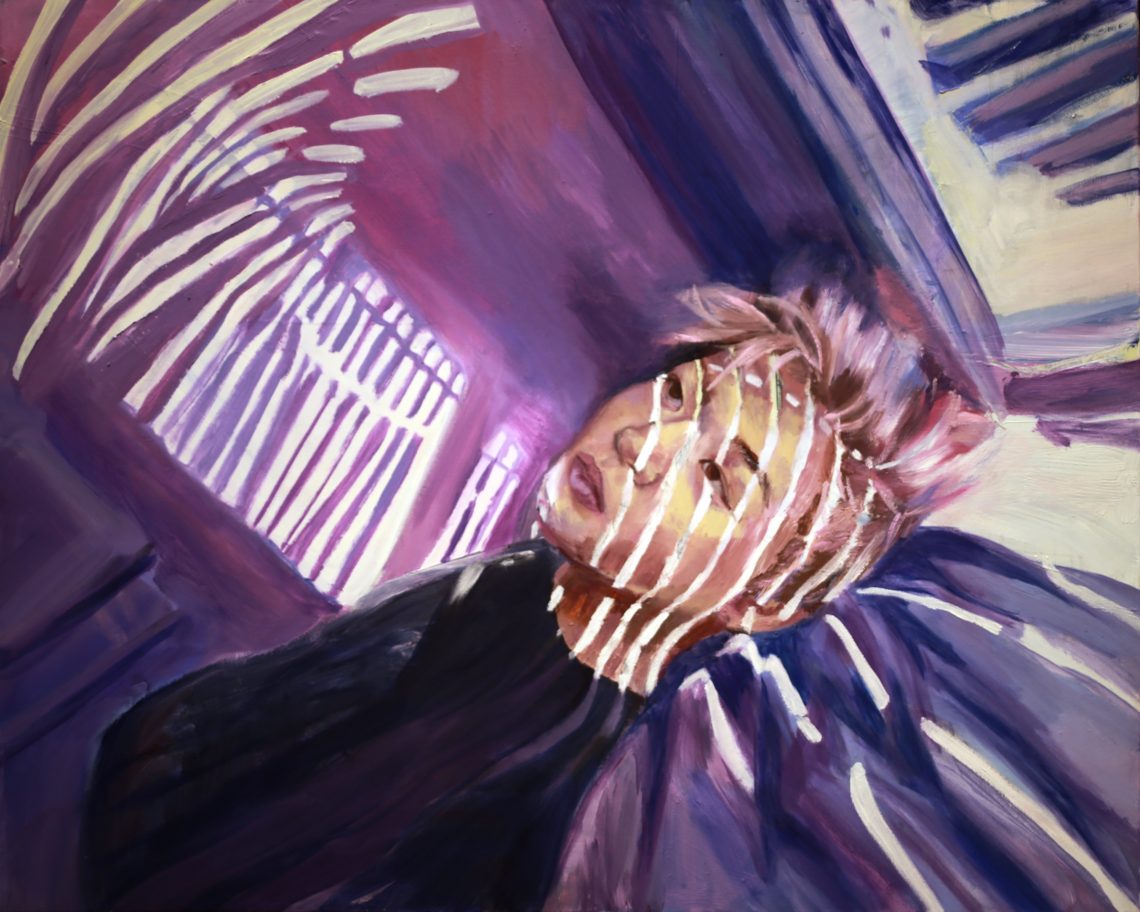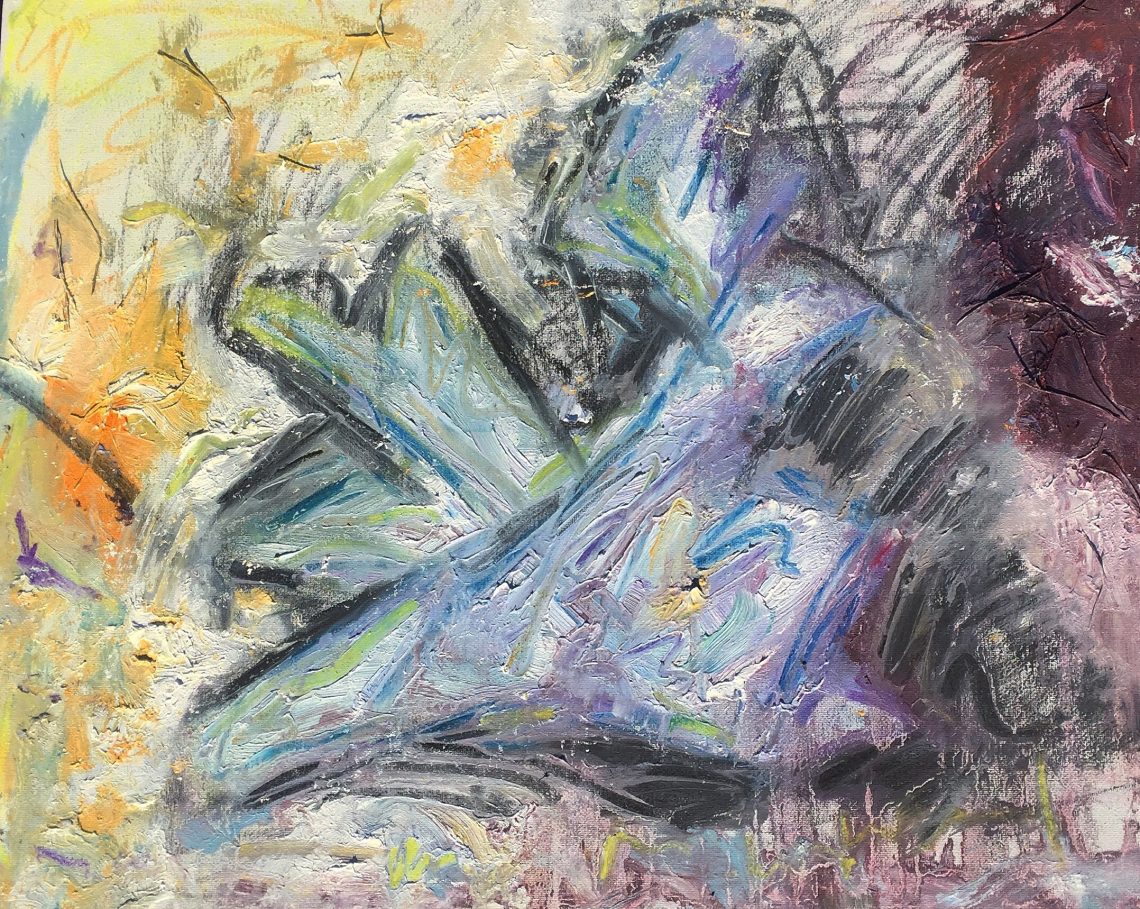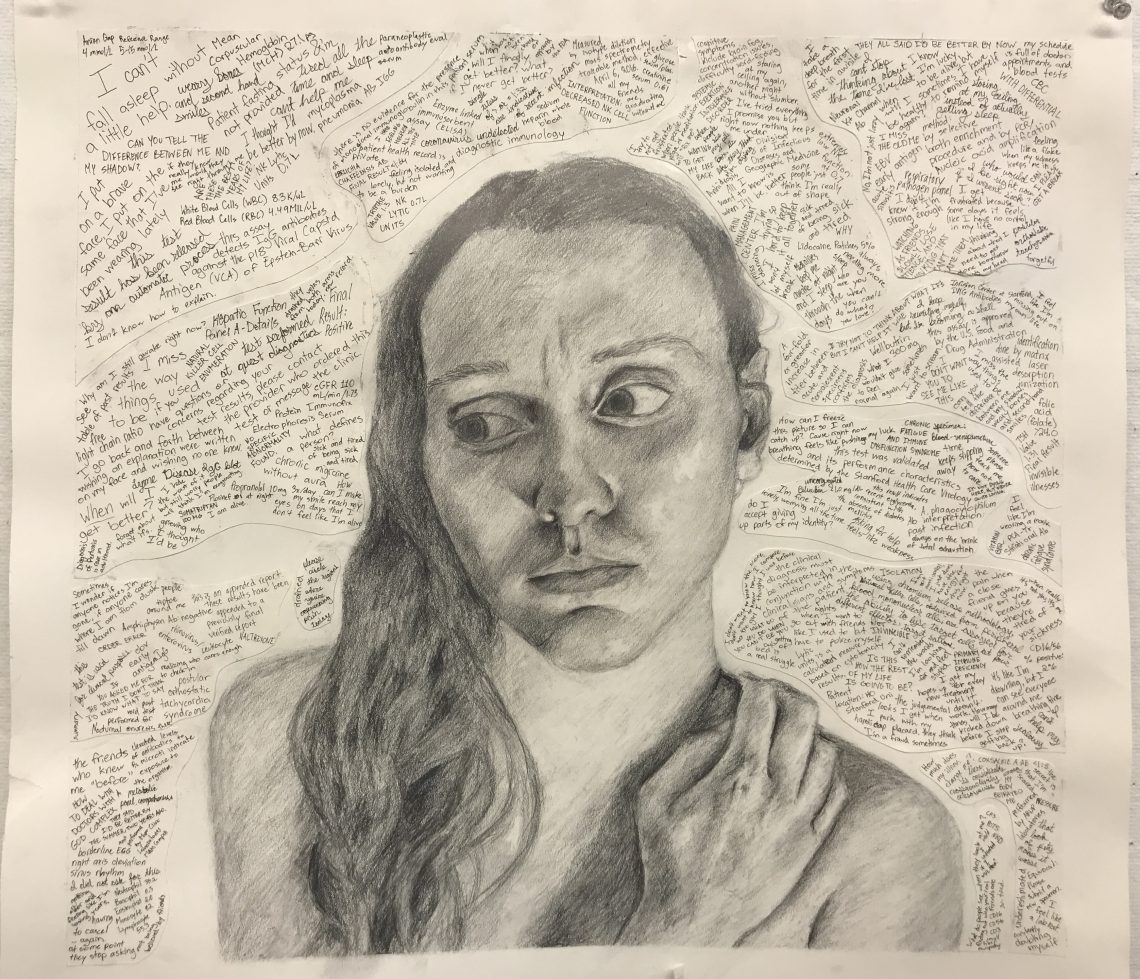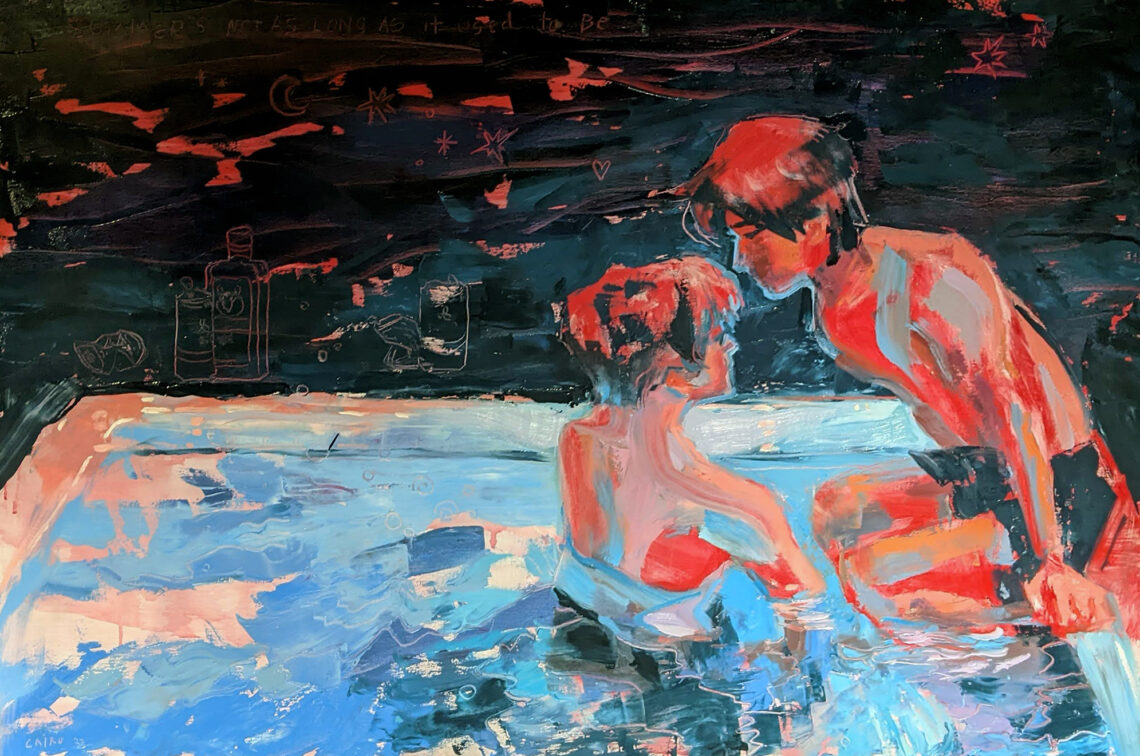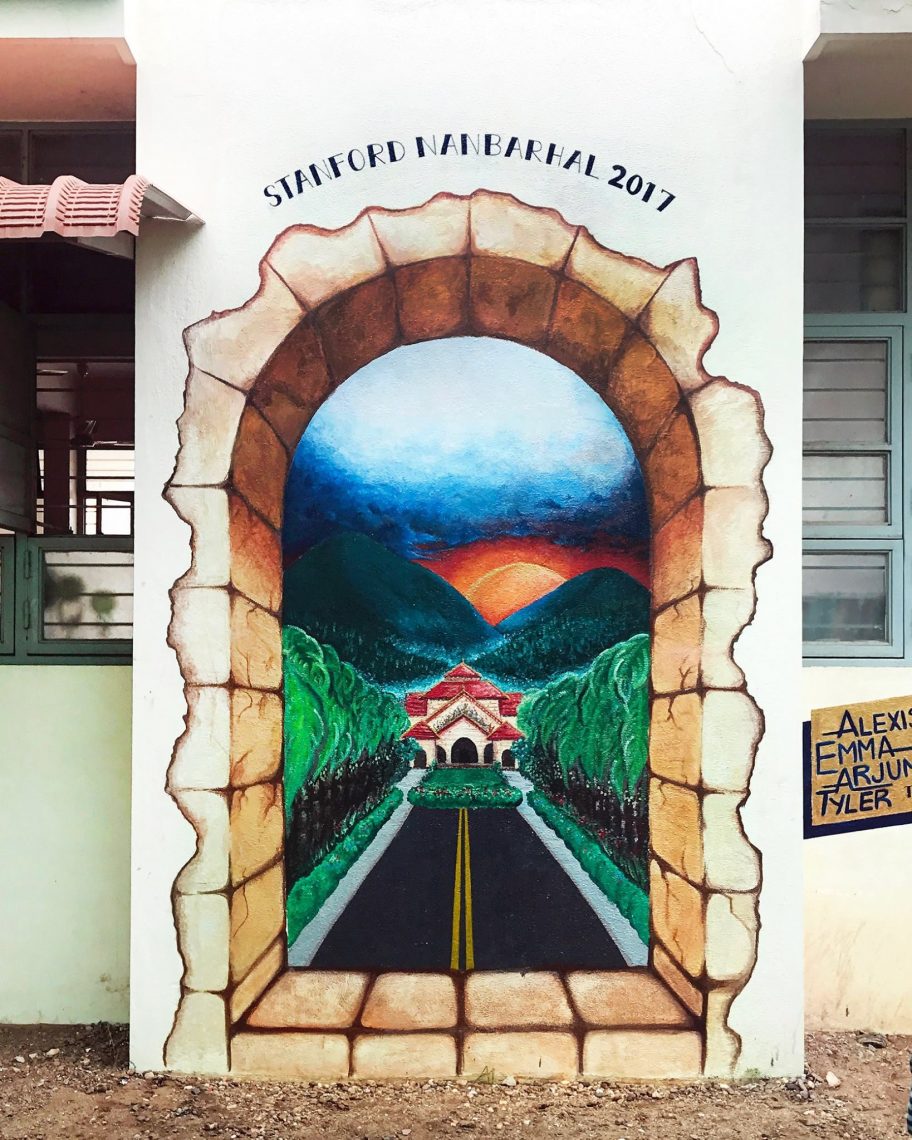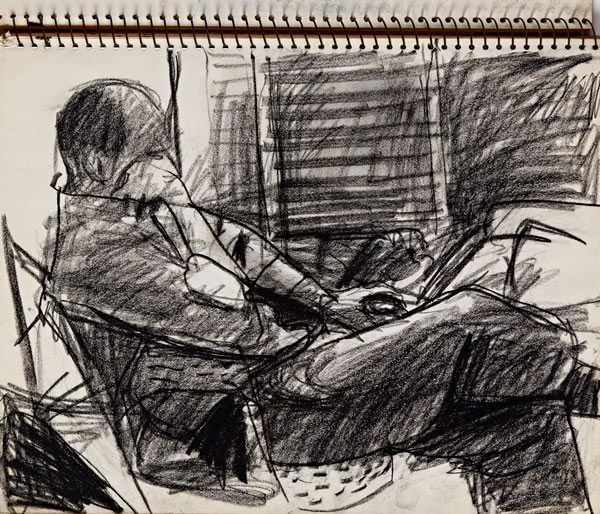
© The Richard Diebenkorn Foundation
The sketchbooks, which have never before been shown or studied, provide unique insight into the artist's processes.Works from American art giants enter Stanford’s permanent collection
Remarkable works by artists Richard Diebenkorn, Jacob Lawrence and Andy Warhol are entrusted to Stanford's Cantor Arts Center
When Connie Wolf took over the helm at the Cantor Arts Center in 2012, she began seeking out opportunities to build on the Cantor’s strong collections and its legacy. Under her leadership, the museum recently experienced a dramatic expansion of its collection through three significant gifts of American art: Richard Diebenkorn’s sketchbooks donated by his wife, Phyllis Diebenkorn; the Gabrielle Reem and Herbert Kayden Collection of works by Jacob Lawrence; and Andy Warhol’s archive of contact sheets and negatives.
Each artist represented in the gifts holds an important place in the history of art. Diebenkorn is a key figure in the Bay Area figurative movement, as well as abstract expressionism and color field painting. Lawrence is a leading figurative painter of the 20th century and perhaps the most acclaimed African American artist in history. Andy Warhol is arguably the most influential artist in the last century.
“Thanks to the generosity of several visionary donors – the Kayden family, the Diebenkorn family and the Andy Warhol Foundation for the Visual Arts – the museum’s permanent collection is now an even more vital resource for study and teaching,” said Wolf. “These singular works by Lawrence, Diebenkorn and Warhol will support new interdisciplinary approaches to 20th-century American art and culture here at Stanford, and I couldn’t be more thrilled.”
Richard Diebenkorn’s portable studio
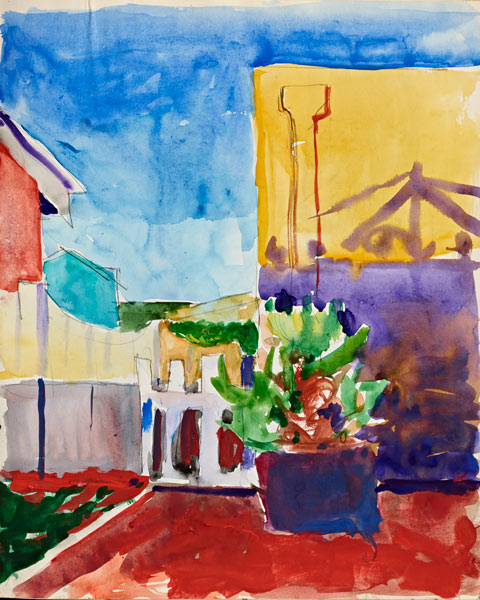
Richard Diebenkorn (U.S.A., 1922–1993), Untitled (Potted plant with buildings), c. 1955–1967. Watercolor and graphite on paper.
Throughout his long career, renowned postwar American artist Richard Diebenkorn, ’49, always kept a sketchbook – a portable studio – to capture his ideas. Thanks to a gift from his widow, Phyllis G. Diebenkorn, ’42, the Cantor has acquired an unparalleled collection of 26 of the artist’s sketchbooks. They are a matchless resource for understanding his approach to making art. The sketchbooks contain an estimated 1,200 to 1,400 drawings, spanning the artist’s career and representing the range of styles and subjects he explored.
Phyllis Diebenkorn, with the support of daughter Gretchen Diebenkorn Grant, ’67, MFA ’69, and son-in-law Richard Grant, the executive director of the Diebenkorn Foundation, said she is thrilled to entrust the Cantor with this important collection.
With this gift, the Cantor is positioned as an essential resource for international scholarship on Diebenkorn. The sketchbooks, which have never before been shown or studied, provide unique and invaluable insight into the artist’s creative and intellectual processes. The sketchbooks will be complemented by the two drawings, four prints and four paintings by the artist already in the Cantor’s permanent collection.
This gift will be the basis for scholarly projects and programming investigating their relation to the historic tradition of the artist’s sketchbook. The Cantor staff will catalog and digitize every one of the sketchbooks in full so they may be made widely accessible for study, both as individual images and as interactive digital sketchbooks that empower users to view the works within the context of their original pagination, with links to biographical information and finished works.
Elizabeth Kathleen Mitchell, curator of prints, drawings and photographs, plans to feature a selection of the sketchbooks in the exhibition Artists at Work, scheduled to open in the fall of 2015 to coincide with the opening of the new McMurtry Building for the Department of Art and Art History.
Richard Diebenkorn was born April 22, 1922, in Portland, Oregon, and died March 30, 1993, in Berkeley, California. He grew up in the Ingleside Terraces neighborhood of San Francisco and attended Lowell High School nearby. While a student at Stanford, social class of ’44, he enlisted in the U.S. Marine Corps. After Diebenkorn served stateside during WWII (1943-45), the GI Bill enabled him to take art classes at the University of California, Berkeley, as well as at the California School of Fine Arts and the University of New Mexico’s graduate fine arts department (MFA ’51). Stanford conferred his undergraduate degree in 1949.
Early mentors at Stanford were Victor Arnautoff and Daniel Mendelowitz, who shared his enthusiasm for Edward Hopper.
Diebenkorn moved easily between abstraction and figuration, sometimes in ways that countered the prevailing movements of the day. Well known for his iconic approach to natural and built landscape of California, he also did figure studies and still lifes.
The range of Jacob Lawrence
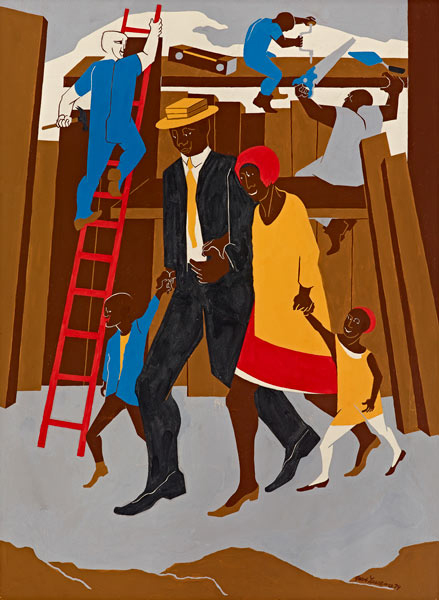
Jacob Lawrence (U.S.A., 1917–2000), Poster Design for the Whitney Exhibition, 1974. Gouache, tempera, and graphite on paper.
Dr. Herbert J. Kayden of New York City and his daughter Joelle Kayden, MBA ’81, of Washington, D.C., staunch supporters of Stanford and the Cantor’s educational mission, have given the Cantor a collection of 26 works by Jacob Lawrence plus one by his wife, Gwendolyn Knight, in memory of Dr. Gabrielle H. Reem, Herbert Kayden’s wife and Joelle Kayden’s mother. Through the presentation, research and care of this important collection by one of the leading African American artists of the 20th century, the Cantor will build an enduring resource for Stanford faculty and students in the Bay Area and beyond.
The collection includes 11 drawings, five paintings, nine prints and one illustrated book by Lawrence and one painting by his wife, in addition to an archive of collection-related materials. This gift showcases the full range of Lawrence’s career, from the 1940s to the 1990s. Of particular significance are the iconic painting The Ordeal of Alice (1963) and drawings such as Poster Design for the Whitney Exhibition (1974) that demonstrate his mastery of color and form.
With this gift, the Cantor now owns the largest collection of Lawrence’s works on the West Coast. The inaugural exhibition of the gift scheduled for early 2015 will be the first Bay Area solo exhibition of Lawrence’s work since 1993. A full-color publication reflecting interdisciplinary understanding of the artist and his legacy with essays by Stanford faculty will accompany the exhibition.
The exhibition will grow out of a course, Anatomy of an Exhibition, that Mitchell is teaching next year. In this course, undergraduate and graduate students will design the installation and write the exhibition texts. She also will be collaborating with faculty to integrate works by Lawrence into existing courses, such as Global Harlem Renaissance, From Freedom to Freedom Now! African American History 1865-1965 and Culture Wars: Art and Social Conflict in the USA 1890-1950.
The Cantor will also collaboratively develop engagement opportunities with other campus organizations.
Lawrence was born in Atlantic City, New Jersey, in 1917 and died in Seattle, Washington, in 2000. He was active as an artist from his teen years until his death. Lawrence arrived in Harlem in 1930 and became deeply integrated into its artistic community. Lawrence was committed to telling its story, but he also regularly walked 60 blocks to visit the Metropolitan Museum of Art. In the 1930s, Lawrence was employed by the Works Progress Administration in the easel division and the Civilian Conservation Corps. He also served in the Coast Guard on the first racially integrated ship in the history of the U.S. Navy.
Lawrence referred to his work as “dynamic cubism,” with its bold colors and shapes. He was strongly impacted by artist and childhood mentor Charles Alston, artist Josef Albers of the Bauhaus and the artists of the Mexican muralist movement. His narrative paintings often reflect his personal experience or depict key moments in African American history, including the accomplishments of people such as Frederick Douglass and Harriet Tubman and the achievements of the American civil rights movement.
Lawrence was thefirst African American artist to be represented by a major New York commercial gallery and the first visual artist to receive the Spingarn Medal, the NAACP’s highest honor.
Andy Warhol and his Minox 35EL camera
Through an invitation-only competition among some of the nation’s leading art museums, the Andy Warhol Foundation for the Visual Arts selected the Cantor Arts Center as the permanent home of Warhol’s archive of contact sheets and negatives. As a university art museum situated at a campus with accomplished faculty and students, the Cantor is ideally situated to care for the collection, facilitate new scholarship and engage with broad audiences through new exhibitions, programs and publications.
From 1976 until his death in 1987, Warhol used his Minox 35EL camera to meticulously document his daily life. This acquisition of 3,600 contact sheets and corresponding negatives of photographs represent the complete range of work and include images of the celebrities and artists of the era, such as Truman Capote and John Lennon. Visible are the marks he made to reject an image, with an “X,” or print it as a photograph, with a circle.
The photographic archive builds upon the Cantor’s existing collection of Warhol works and reaffirms the university’s preeminence in the study of the history of photography, from Eadweard Muybridge to Carleton Watkins to Andy Warhol to Robert Frank to Lee Friedlander. A consortium of departments, faculty and professional staff will collaborate on programs for this revolutionary teaching resource (several professors include Warhol in their curriculum). Art and art history Professor Richard Meyer and Connie Wolf plan to teach a course on the archive in spring 2015, and other courses are in development.
The inaugural exhibition and a major international symposium are scheduled for 2017, the 30th anniversary of Warhol’s death.
Funds are being raised for a permanent, restricted endowment dedicated to the archive’s storage, conservation, digitization and staff. The Cantor will digitize the full archive and make it accessible online.
Warhol was born in Pittsburgh, Pennsylvania, in 1928, and died in 1987 in New York City. He carefully cultivated his public persona as well as his broad social network of people with star quality, such as Yoko Ono, Liza Minnelli and fellow artists Keith Haring and Roy Lichtenstein. Part of the emerging pop art movement, Warhol explored the nuance of cultural ubiquity through his images of mass-produced objects such as Campbell’s soup cans and celebrities such as Marilyn Monroe.
Warhol was a hugely influential figure in contemporary culture and anincredibly prolific artist in many media: film, photography, music, performance, printmaking, drawing and painting. He had realized early success as a commercial artist in New York as an independent artist and worked out of a studio known as The Factory. His first solo exhibition in 1952 was at the Hugo Gallery in New York. He co-founded Interview magazine, designed record covers for the Rolling Stones and produced his own TV programs for MTV and cable access.
Looking forward, Mitchell said, “These three gifts of art by world-class artists strengthen the Cantor’s collection across many media, and they will spark exciting exhibitions and fresh research into how complex 20th-century American art really is.”





